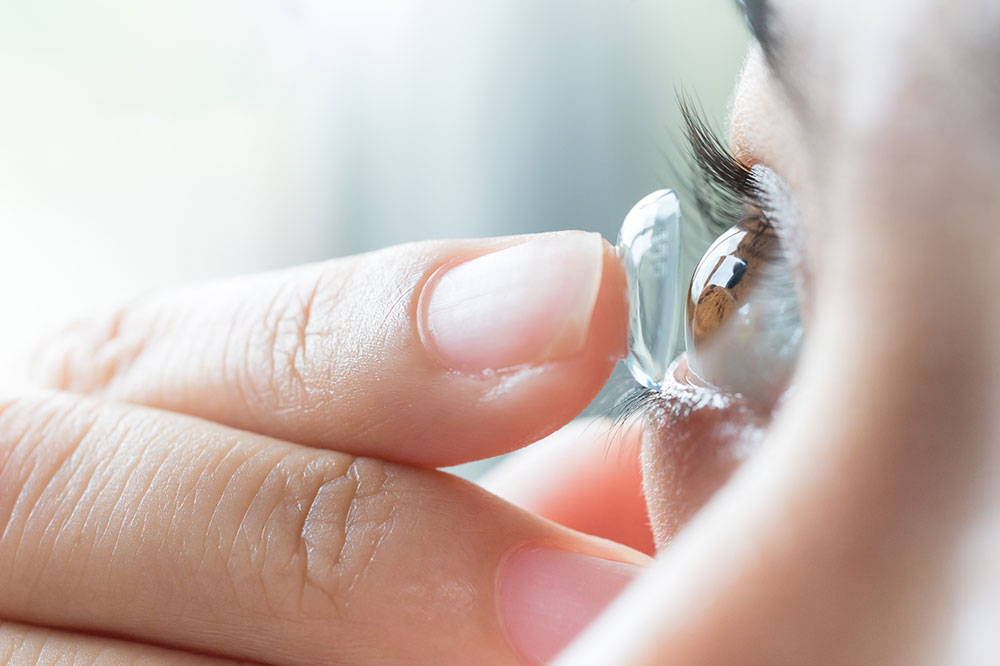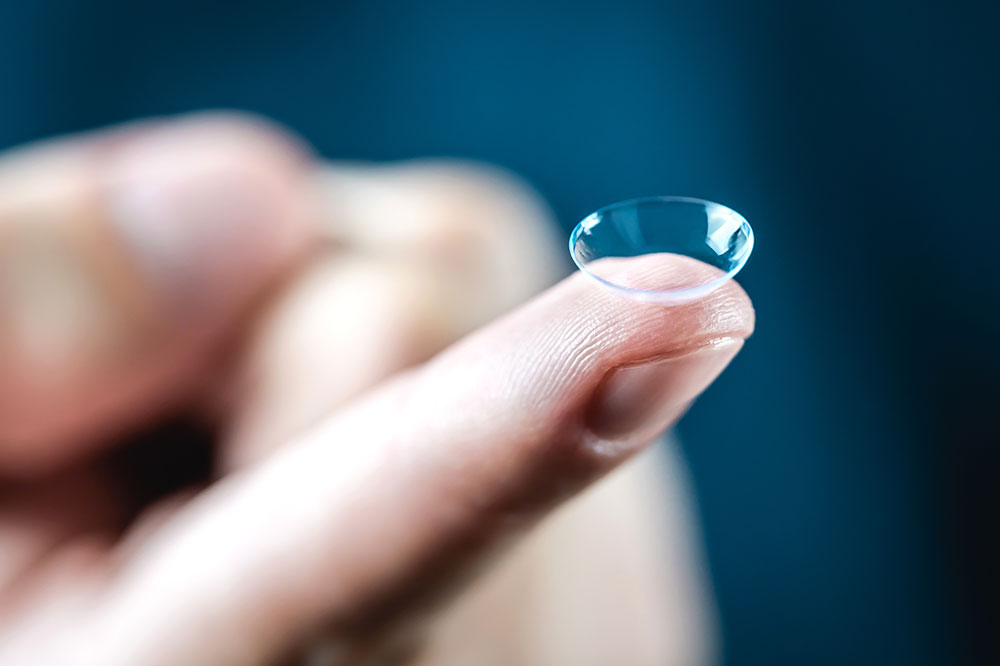Advantages and Disadvantages of Multifocal Contact Lenses
Discover the key advantages and potential challenges of multifocal contact lenses. These lenses offer improved comfort, wider vision, and weather resilience but may require an adjustment period and proper application techniques. Ideal for presbyopia and active lifestyles, yet need professional consultation for suitability.

Advantages and Disadvantages of Multifocal Contact Lenses
As people age, vision often declines, prompting many to consider corrective options. Multifocal contact lenses are typically recommended for individuals with myopia, astigmatism, hyperopia, or presbyopia. These lenses improve vision clarity and tend to be more comfortable than traditional glasses or contacts. However, they may not suit everyone. Here, we explore the benefits and drawbacks of multifocal contact lenses to help you make an informed decision.
Benefits
Enhanced comfort
Unlike glasses that rest on the nose and ears, which can cause discomfort and headaches, multifocal contacts are lightweight and comfortable, reducing fatigue and irritation.
Broader visual field
Unlike glasses that may get scratched or damaged, these lenses contour directly to your eyes, providing sharper and wider vision without obstructions.
Weather-resistant
Glasses can fog up in cold weather or reflect sunlight, impairing vision. Multifocal contacts are unaffected by weather conditions, ensuring clear sight regardless of temperature or sunlight.
Supports active lifestyles
For people with presbyopia, contact lenses eliminate the restrictions of glasses. They are particularly advantageous for athletes, mechanics, or outdoor enthusiasts who require mobility and peripheral vision.
However, there are some challenges:
Application difficulty
Putting on multifocal lenses correctly requires skill and practice, which might be inconvenient for daily use compared to glasses.
Oxygen flow blockade
These lenses can limit oxygen reaching the cornea, leading to dryness, irritation, redness, and mucus buildup.
Potential for computer vision issues
Since these lenses reduce head movement needed for focus, users might experience eye strain, headaches, or blurred vision, especially during prolonged screen time.
Adjustment period
It may take time for your eyes and brain to adapt to the bifocal-like focus, initially causing blurry images or visual discomfort, though some experience the opposite.









